Lumbar Radiculopathy
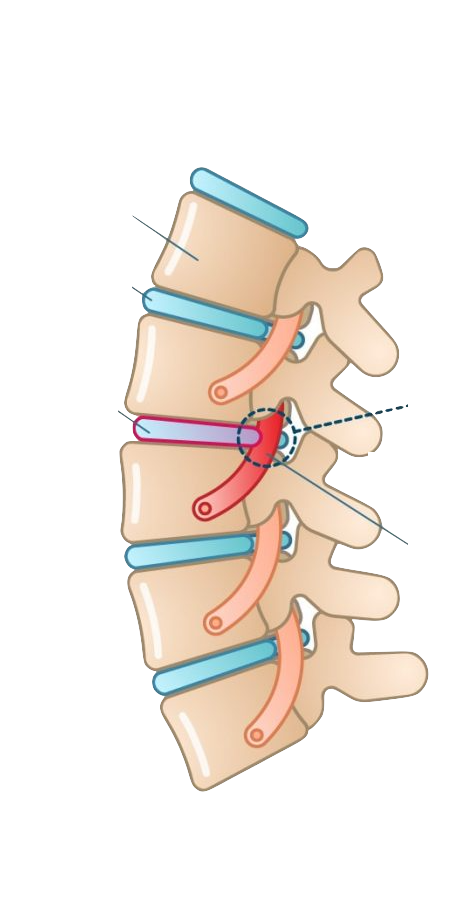
Lumbar Radiculopathy
If you are experiencing pain, tingling, or numbness in your lower back and down one of your legs, you may have lumbar radiculopathy. This condition is caused by an irritation or damage to one of the spinal nerves that exit your spinal cord at the lower back. Left untreated, lumbar radiculopathy can cause sciatic nerve damage. But with proper diagnosis and care, most people can make a full recovery. This comprehensive guide will tell you everything you need to know about lumbar radiculopathy, including its causes, symptoms, and treatment options.
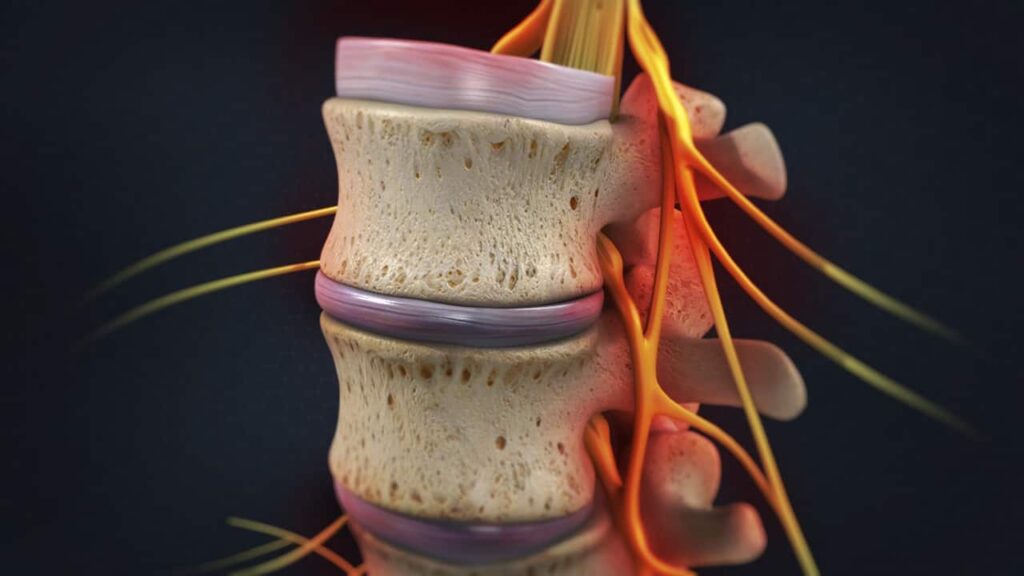
Causes of Lumbar Radiculopathy
There are a number of conditions that can cause lumbar radiculopathy, including:
Herniated disc:
A herniated disc occurs when the inner, gel-like substance of a disc bulges out through a tear in the outer layer of the disc. This can put pressure on the nerve root and cause pain.
Spondylolisthesis:
This condition occurs when one of the bones in the spine slips out of place and puts pressure on the nerve root.
Degenerative disk disease:
This is a condition that causes the disks in the spine to break down and become less cushioned. This can lead to pain from a pinched nerve.
Spinal stenosis:
This condition occurs when the space around the spinal cord narrows, which can put pressure on the nerve roots.
These are just a few of the possible causes of lumbar radiculopathy. If you are experiencing pain in your lower back or legs, it is important to see a doctor so that the cause can be properly diagnosed and treated.
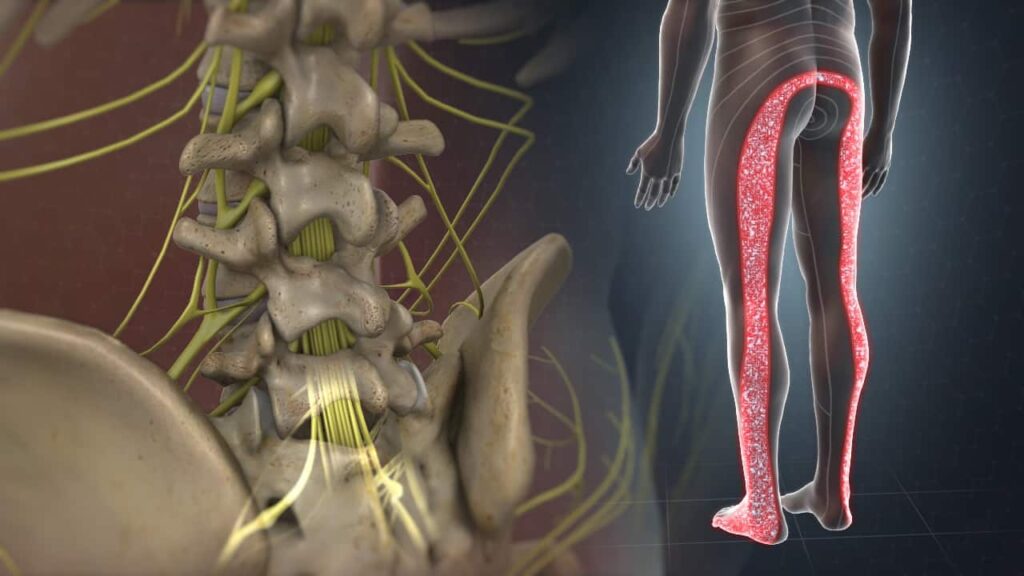
Symptoms of Lumbar Radiculopathy
There are a number of different symptoms associated with lumbar radiculopathy. Symptoms of radiculopathy can vary depending on the severity of the condition.
Pain:
The most common symptom is sharp pain, which is often worse when sitting or standing for long periods of time. The pain may radiate from the lower back into the buttock, thigh, and calf.
Numbness:
Another common symptom is numbness or tingling in the affected leg. This is caused by the compression of nerves in the lumbar spine.
Muscle Weakness:
Weakness in the leg may also occur as a result of nerve compression. This can make it difficult to walk or stand for long periods of time.
If you are experiencing any of these symptoms, it is important to see a doctor so that they can diagnose the condition and develop a treatment plan.
Diagnosis of Lumbar Radiculopathy
There are multiple ways to diagnose radiculopathy.
Physical examination:
The most common way is through a physical examination. Your doctor will ask you about your symptoms and medical history. They will also perform a physical examination of your back and legs. This may include testing your reflexes, muscle strength, and sensation.
Imaging tests:
Your doctor may also order imaging tests, such as an MRI, to help diagnose lumbar radiculopathy and bone spurs. Imaging tests can show the damage to the spinal nerve root and the surrounding structures. Imaging tests can help the doctor to rule out other conditions such as thoracic radiculopathy.
Electromyography (EMG):
An EMG may also be ordered. This test measures the electrical activity of the muscles. It can help to determine if the symptoms are due to nerve damage.
Nerve conduction study:
A nerve conduction study measures the speed of electrical signals through the nerves. This test is often done along with an EMG.
Selective nerve root block:
A selective nerve root block is a type of injection that can help to diagnose lumbar radiculopathy. This injection is done into the space around the affected nerve root. It can help to relieve pain and other symptoms.
Surgery:
In some cases, surgery may be needed to diagnose lumbar radiculopathy. Surgery is usually only done if other methods have not been successful in diagnosing the condition.
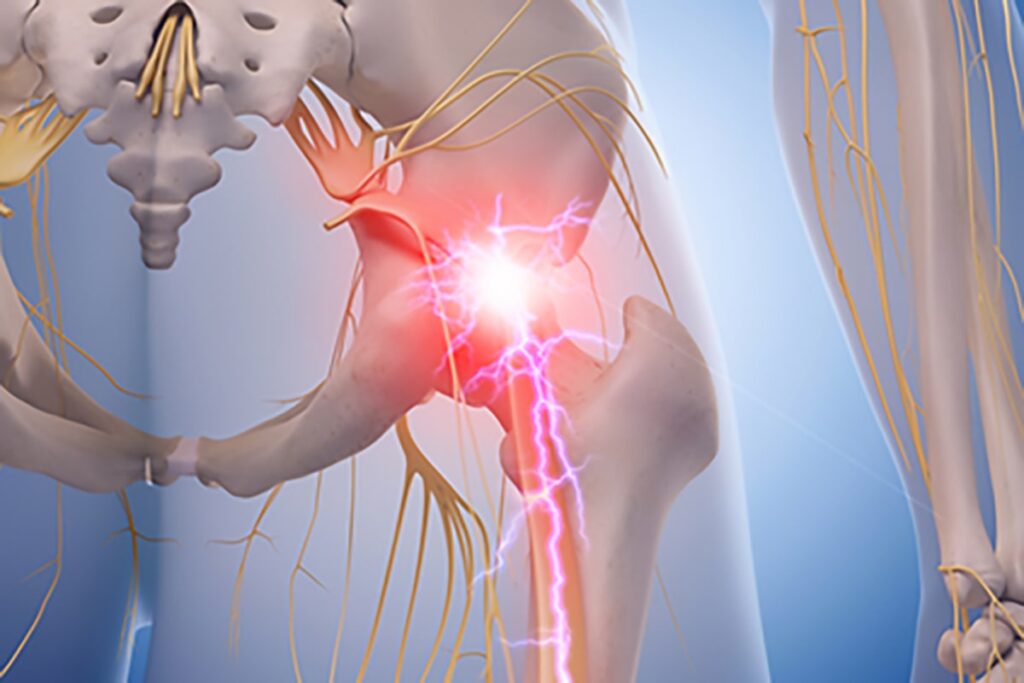
Treatment for lumbar radiculopathy:
However, if your symptoms are severe and/or do not improve with other treatments, surgery may be necessary.
If you have lumbar radiculopathy, your doctor will work with you to develop a treatment plan that is right for you. Depending on the underlying cause of your radiculopathy and the severity of your symptoms, you may need a combination of different treatments. In most cases, lumbar radiculopathy will improve with time and conservative (non-surgical) treatments.
Non-surgical treatments:
Physical therapy:
Physical therapy exercises can help to strengthen the muscles around the spine and reduce pressure on the affected nerve root. Your physical therapist can also teach you how to properly position and move your body to avoid further irritation of the nerve root.
Medications:
Pain medication can help to relieve pain and inflammation associated with lumbar radiculopathy. Your doctor may also prescribe muscle relaxants to help relieve muscle spasms.
Epidural steroid injections:
A cervical epidural steroid injection is a common treatment for lumbar radiculopathy. These injections deliver medication directly to the affected area, which can help to reduce pain and inflammation.
Surgical treatments:
If your symptoms are severe and do not improve with other treatments, surgery may be necessary. The type of surgery will depend on the underlying cause of your radiculopathy. Common surgical procedures for lumbar radiculopathy include:
Discectomy:
A discectomy is a procedure to remove herniated disc material that is pressing on a nerve root.
Laminectomy:
A laminectomy is a procedure to remove a small portion of the bony arch (lamina) that covers the spinal canal. This procedure is sometimes necessary to decompress the spinal cord or nerves.
Spinal fusion:
Spinal fusion is a surgical procedure that involves fusing two or more vertebrae together. This procedure is often used to treat degenerative disc disease.
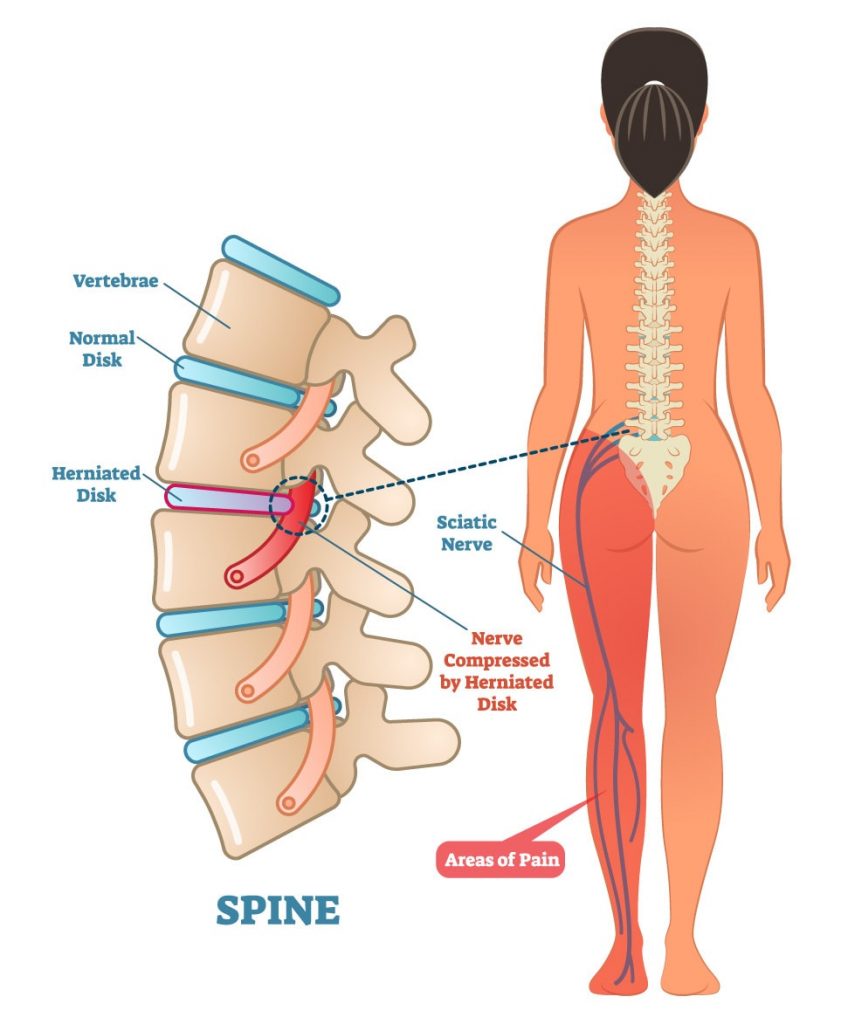
Tips to prevent lumbar radiculopathy:
There are a few things that you can do to help prevent lumbar or cervical radiculopathy.
- Exercise regularly. This can help to strengthen the muscles in your back and prevent injury.
- Maintain good posture. Poor posture can put strain on the nerves in your back.
- Use proper lifting techniques. When lifting heavy objects, be sure to use your legs, not your back, to lift the object.
- Wear comfortable shoes. Wearing shoes that provide good support can help to prevent back or neck pain.
- Quit smoking. Smoking can increase your risk of developing lumbar radiculopathy. If you smoke, quitting is the best thing that you can do for your health.
If you think that you may have lumbar radiculopathy, talk to your doctor. They can help to diagnose and treat the condition.
Exercises to strengthen spine
Following are some exercises which will help strengthen your spine. Do these exercises regularly to keep your cervical spine healthy and strong.
1. Cobra pose:
Lie on your stomach with your feet hip-width apart and your palms flat on the floor beside your chest.
Press your hips and thighs into the floor as you lift your head, torso, and hips off the floor.
Keep your shoulders down and back as you look straight ahead.
Hold for 5 to 10 breaths.
2. Cat-cow pose:
Start on your hands and knees with your back flat and your head in line with your spine. As you inhale, arch your back and look up toward the ceiling.
As you exhale, round your back and tuck your chin to your chest. Repeat 5 to 10 times.
3. Child’s pose:
Start on your hands and knees with your feet hip-width apart and your knees underneath your hips.
As you exhale, sit back on your heels and lower your forehead to the floor. Extend your arms in front of you with your palms flat on the floor. Hold for 5 to 10 breaths.
4. Pelvic tilt:
Lie on your back with your knees bent and your feet flat on the floor. Flatten your lower back against the floor.
As you inhale, tilt your pelvis toward your navel, then exhale and return to the starting position. Repeat 10 times.
5. Kneeling lunge:
Kneel on the floor with your left knee bent at a 90-degree angle and your right knee bent behind you with your toes touching the floor.
Keeping your core engaged, lift your right foot off the floor and slowly extend your leg behind you. Lean forward and place your hands on the floor on either side of your left foot.
As you exhale, press your left heel into the floor and straighten your leg, coming into a low lunge position.
Inhale and return to the starting position. Repeat 10 times on each side.
6. Bridge pose:
Lie flat on your back with your feet flat on the floor and your knees bent to 90 degrees. Place your arms at your sides with your palms down.
Press into your heels and lift your hips off the floor until your thighs are parallel with the floor and you form a straight line from your shoulders to your knees.
Squeeze your glutes at the top of the movement, then slowly lower your hips back to the starting position. Repeat 10 times.
7. Superman:
Lie face down on the floor with your arms and legs extended straight out.
Keeping your head and neck in line with your spine, lift your arms and legs off the floor and hold for 5 seconds.
Slowly lower back to the starting position. Repeat 10 times.
8. Seated spinal Twist:
Sit on the floor with your knees bent and your feet flat on the floor. Cross your right leg over your left leg and place your right hand on the floor behind you.
Place your left hand on your right knee and twist your torso to the right, looking over your right shoulder. Hold for 5 to 10 breaths, then repeat on the other side.
3 Ways to Level Up Your Rehab and Injury Prevention With Us





